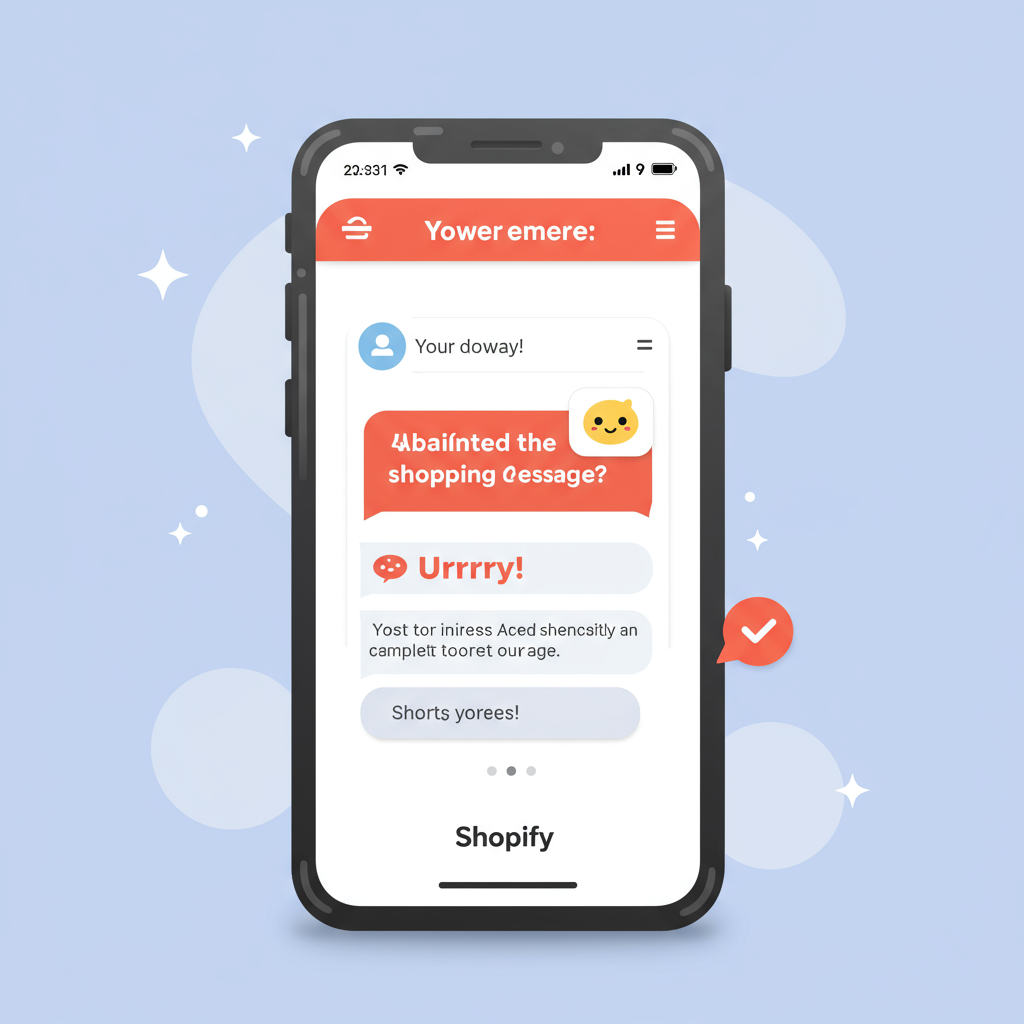Unlock the power of text messages to convert hesitant shoppers into loyal customers.
Hello fellow Shopify merchants! Today, I want to talk about a topic that keeps many of us up at night: abandoned carts. It’s a universal challenge in e-commerce, isn’t it?
Imagine a customer meticulously browsing your store, adding items to their cart, and then, just as they’re about to hit “purchase,” they vanish. Poof! Gone.
This isn’t just a minor inconvenience; it represents significant lost revenue. Industry averages suggest that anywhere from 70% to 80% of online shopping carts are abandoned. That’s a huge chunk of potential sales slipping through our fingers.
While email has traditionally been the go-to for abandoned cart recovery, I’ve found that SMS campaigns offer a powerful, often overlooked, alternative or complement.
Why SMS, you ask? Well, let me share my insights. The primary reason is the sheer immediacy and high engagement rates of text messages.
Think about it: when was the last time you *didn’t* open a text message almost instantly? SMS boasts open rates as high as 98%, with most messages read within minutes of receipt.
Compare that to email, where open rates hover around 20-30% on a good day. This direct line to your customer’s pocket is incredibly valuable for time-sensitive reminders.
Furthermore, SMS feels more personal. It’s a direct, one-on-one communication channel that can cut through the noise of crowded inboxes.
It allows for quick, concise messages that get straight to the point, perfect for busy shoppers who might have simply been distracted.
So, how do we set up these powerful SMS campaigns on our Shopify stores? The first step is choosing the right SMS marketing app.
There are several excellent options available on the Shopify App Store, such as SMSBump (now Yotpo SMS & Email), Postscript, and Klaviyo. Each offers robust features tailored for e-commerce.
Once you’ve selected an app, the integration process is usually straightforward, often just a few clicks to connect it with your Shopify store and sync customer data.
A crucial aspect I cannot stress enough is compliance. Before sending any SMS, you *must* ensure you have explicit consent (opt-in) from your customers.
This isn’t just good practice; it’s a legal requirement under regulations like TCPA in the US, GDPR in Europe, and CTIA guidelines. Always include clear opt-out instructions.
Now, let’s talk about crafting effective SMS messages. This is where the magic happens. Your messages need to be concise, compelling, and actionable.
I recommend a multi-message flow, typically 2-3 messages, spaced strategically.
**Message 1 (Immediate or 15-30 minutes after abandonment):** This is a gentle reminder. Something like: “Hey [Customer Name], you left items in your cart at [Your Store Name]! Don’t miss out. [Link to Cart]”
Keep it short, friendly, and include a direct link back to their cart. The goal here is to catch them before they forget or move on.
**Message 2 (24-48 hours later):** If they haven’t converted, this is your chance to sweeten the deal. Consider offering a small incentive.
“Still thinking about it, [Customer Name]? Here’s 10% off your cart at [Your Store Name]! Use code SAVE10. [Link to Cart]” Or perhaps free shipping.
This message can also incorporate a sense of urgency or social proof, like “Limited stock!” or “Others love these items!”
**Message 3 (48-72 hours later):** This is often the “last chance” message. It can create a sense of scarcity or offer alternative solutions.
“Your cart at [Your Store Name] expires soon! Don’t miss out on your favorites. [Link to Cart]” Or, “Not ready for those? Check out our new arrivals: [Link]”
Remember to personalize your messages using customer names and dynamic cart links. Use emojis sparingly to add personality, but don’t overdo it.
Beyond the message content, timing is absolutely critical. Experiment with different delays between messages to find what resonates best with your audience.
A/B testing different message variations, offers, and timings will provide invaluable data to optimize your campaigns for maximum conversion.
I also strongly advise segmenting your audience. High-value carts might warrant a more aggressive offer, while first-time abandoners could receive a softer approach.
Ensure your SMS campaigns exclude customers who have already completed their purchase. Nothing is more annoying than getting a cart reminder after you’ve paid!
While SMS is powerful, it works even better when integrated with your email marketing efforts. They can complement each other, reaching customers through their preferred channel.
Always provide a clear and easy way for customers to opt-out. This builds trust and ensures compliance. A simple “Reply STOP to unsubscribe” is standard.
Finally, track your performance. Monitor conversion rates, revenue generated, and return on investment (ROI) for your SMS campaigns. This data will guide your future strategies.
What do you think about this article? I’d love to hear your thoughts and experiences with abandoned cart recovery!
In conclusion, implementing Shopify abandoned cart SMS campaigns is a highly effective strategy to recover lost sales and boost your store’s revenue.
By leveraging the immediacy and high engagement of SMS, coupled with thoughtful message crafting and adherence to best practices, you can significantly reduce your abandonment rate.
Don’t let those potential sales slip away. Start experimenting with SMS today and watch your conversion rates climb!






